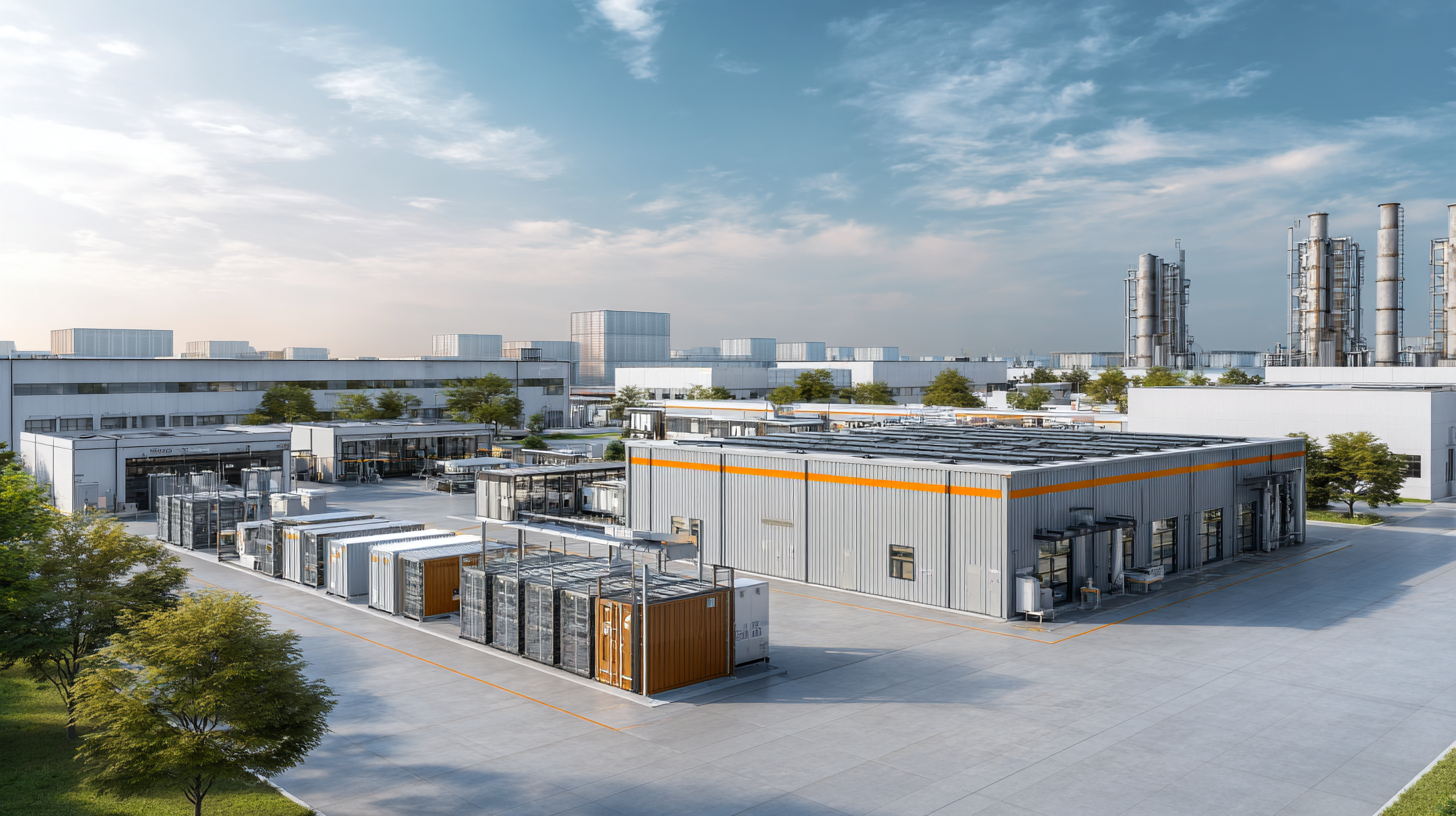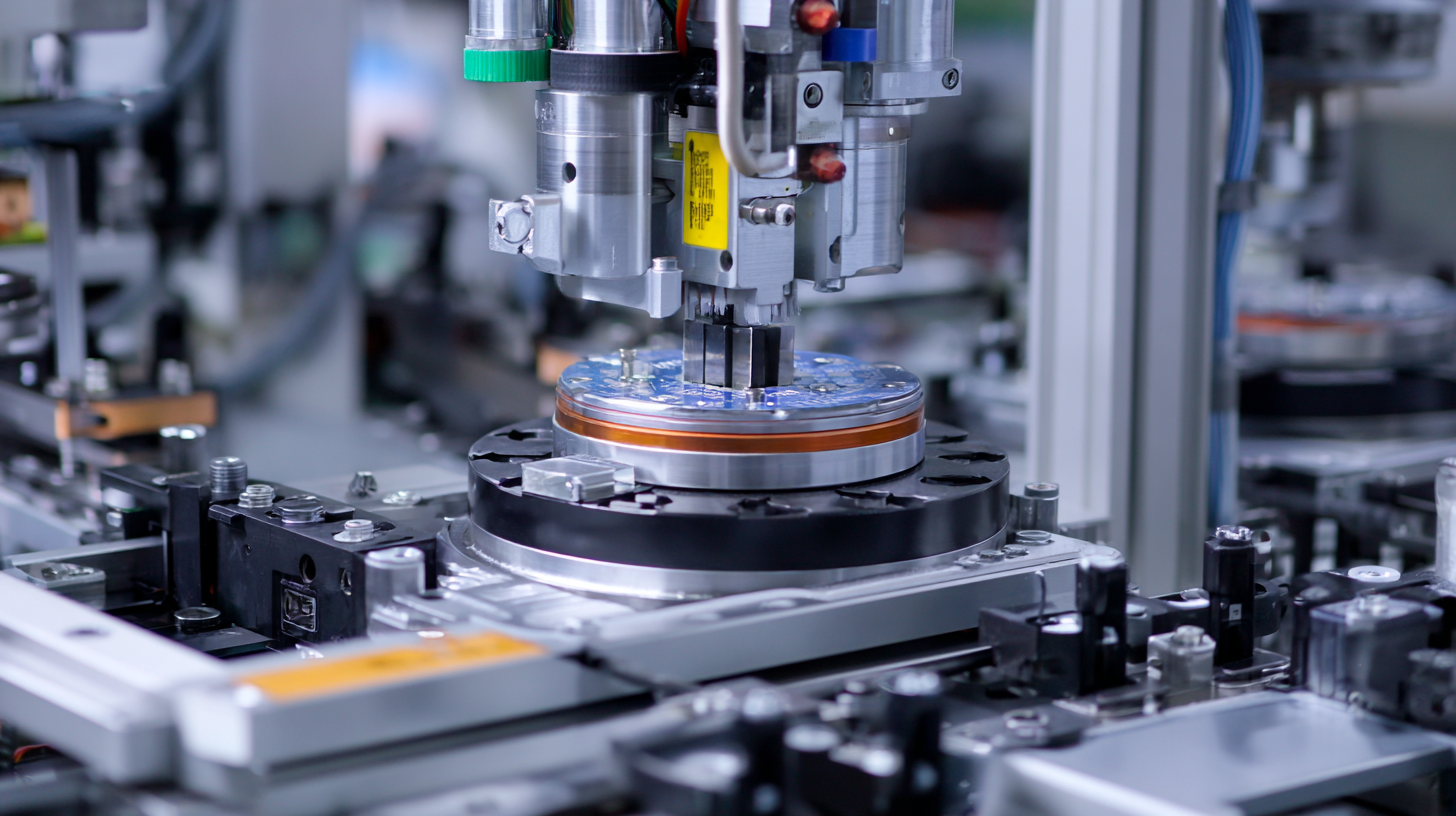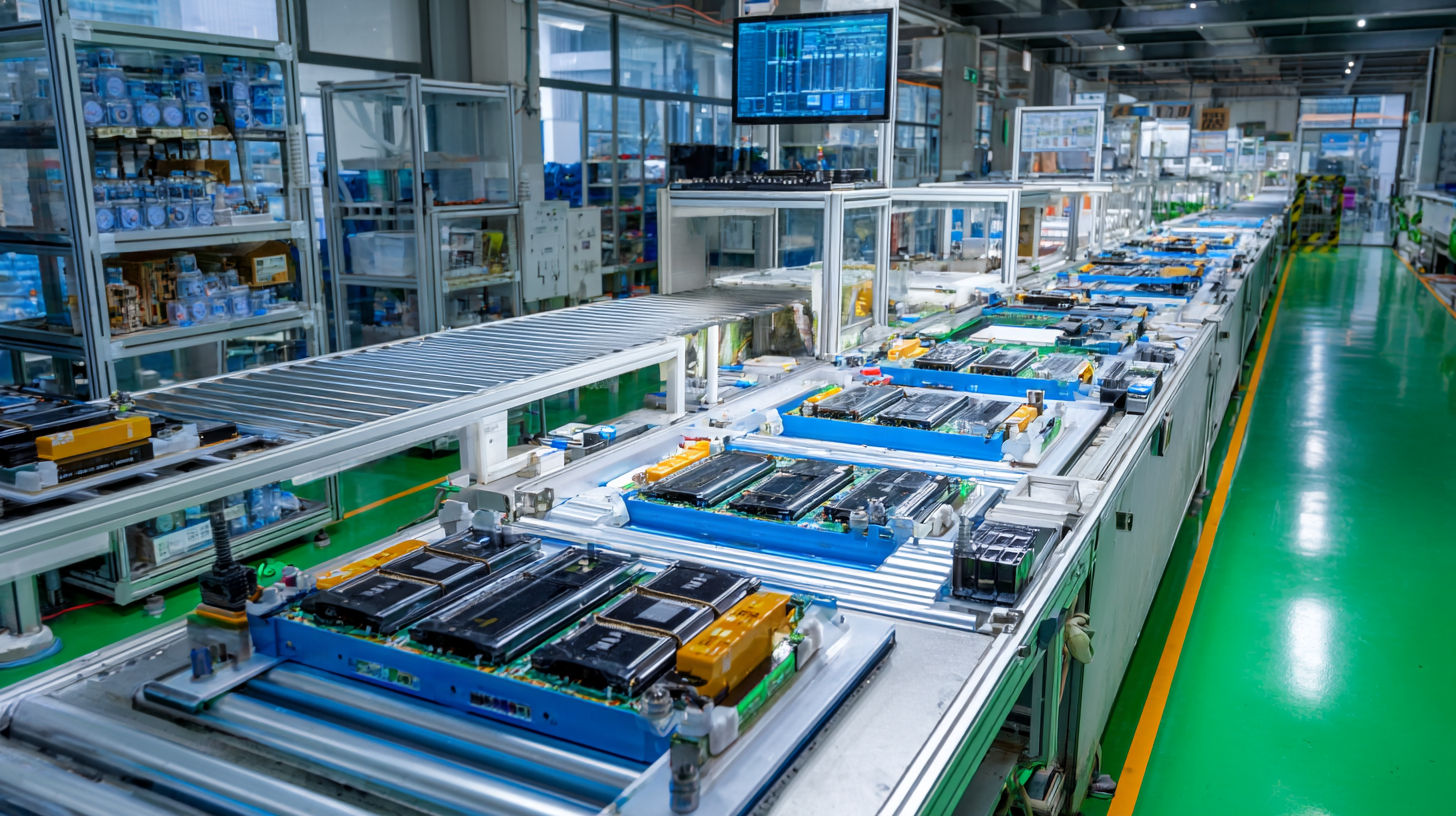Leave Your Message
As the global push for sustainable energy solutions intensifies, the sodium-ion battery manufacturing pilot line has emerged as a focal point for innovation and investment. According to the International Energy Agency, the sodium-ion battery market is projected to grow significantly, with estimates indicating a potential market size exceeding $3 billion by 2030. This surge is largely driven by the demand for cost-effective and environmentally friendly energy storage alternatives, particularly in applications where lithium-ion batteries may not be the most viable option. Navigating the complexities of import certifications for these pilot lines is crucial for manufacturers aiming to scale up production efficiently and effectively. By understanding the regulatory landscape and leveraging key industry insights, stakeholders can optimize their operations and capitalize on the burgeoning opportunities within the sodium-ion battery sector.

In the rapidly evolving landscape of battery manufacturing, particularly with emerging technologies like sodium-ion batteries, understanding import certifications has become vital. Import certifications not only ensure compliance with international standards but also instill confidence among stakeholders in the quality and safety of the products being manufactured. According to a recent report by McKinsey & Company, adherence to these certifications can enhance market access and significantly reduce the risk of regulatory issues, which is crucial given the increasing scrutiny on environmental sustainability and production practices.
Tip: Before initiating the import process, companies should conduct a comprehensive review of the certification requirements specific to each target market. This proactive approach can help avoid costly delays and complications during production.
Furthermore, the significance of these certifications extends beyond mere compliance; they serve as a benchmark for innovation in manufacturing processes. The International Electrotechnical Commission (IEC) emphasizes that certified products are often preferred in competitive markets, leading to increased customer trust and market penetration. In fact, a recent analysis from Bloomberg New Energy Finance indicates that countries with stringent import certification measures see up to 30% more market competition among local manufacturers.
Tip: Engaging with a knowledgeable compliance consultant can streamline the certification process, ensuring that all necessary documentation is in order and that your product meets both local and international standards efficiently.

Navigating the regulatory landscape for sodium-ion battery imports is critical for manufacturers aiming to establish pilot lines globally. Key regulatory bodies play a pivotal role in ensuring compliance with safety and environmental standards. In the European Union, regulations focus heavily on the sustainability and recyclability of battery materials, while the United States assesses the economic implications of the battery supply chain, particularly under the Inflation Reduction Act (IRA). Understanding the requirements set forth by these regulatory institutions is essential for any company looking to succeed in the sodium-ion battery market.

As demand for sodium-ion batteries grows, with projections estimating a market size reaching USD 2.01 billion by 2030, businesses must remain informed about the evolving regulations. This is particularly pertinent in regions like India, where advancing sodium-ion technology can reduce reliance on imports. Manufacturers must align their operations with the expectations of regulatory bodies to ensure a smooth import process, ultimately streamlining the path towards a robust sodium-ion battery production network that meets global energy storage needs.
Navigating the complexities of import certifications for sodium-ion battery manufacturing requires a systematic approach. The first essential step is to thoroughly understand the specific certifications required for your target markets. Regulatory standards can vary significantly from one country to another, impacting how you develop and deploy your pilot lines. For instance, adhering to ISO standards and relevant health and safety regulations can greatly enhance your product's marketability.
**Tips:** Before proceeding, conduct a comprehensive review of the most recent industry reports, which indicate that more than 60% of manufacturers overlook critical certification requirements, leading to costly delays. Ensure that all necessary documentation is in place, including environmental assessments and performance testing results.
Subsequently, the second crucial step involves submitting your application for certification. This often entails completing multiple forms, providing detailed specifications of your production processes, and paying applicable fees. Data reveals that applications with well-prepared documentation are 30% more likely to be approved on the first submission.
**Tips:** Maintain open communication with certifying bodies; they can provide valuable insights into the nuances of their requirements, which can save you time and resources in the long run. With informed diligence, you can streamline your path to obtaining essential certifications for sodium-ion battery manufacturing.
| Certification Type | Issuing Authority | Region | Application Duration | Cost Estimate (USD) | Validity Period |
|---|---|---|---|---|---|
| CE Certification | European Union | Europe | 3-6 months | 2000 - 5000 | 5 years |
| UL Certification | Underwriters Laboratories | North America | 2-4 months | 1500 - 3000 | 3 years |
| IEC Certification | International Electrotechnical Commission | Global | 4-8 months | 3000 - 6000 | 5 years |
| FCC Certification | Federal Communications Commission | United States | 2-3 months | 1000 - 2500 | Indefinite |
| RoHS Compliance | European Union | Europe | 1-3 months | 500 - 1500 | Indefinite |
Navigating import certifications for sodium-ion battery manufacturing can be a daunting task, especially with the various challenges that arise. One of the most significant obstacles manufacturers face is understanding the regulatory landscape in different countries. Each region has its own set of standards and requirements that can differ widely, making compliance a complex and time-consuming process. This inconsistency can lead to delays in production and increased costs, as companies often need to adapt their processes to meet local regulations.
Another common challenge is the lack of clear guidelines for new technologies like sodium-ion batteries. As the industry is still evolving, many regulatory bodies are uncertain on how to classify and certify these batteries. Companies may find themselves caught in a grey area where existing certification processes do not adequately apply. This can result in extended back-and-forth communications with regulatory authorities, further complicating the import process. To overcome these challenges, manufacturers must invest in thorough research and engage with experts who can assist them in navigating the intricate web of import certifications effectively.
As global trade continues to evolve, understanding the market dynamics affecting sodium-ion battery production is crucial for manufacturers looking to establish pilot lines. Demand for sustainable energy solutions has spurred international competition, and the sodium-ion battery sector is no exception. Countries are racing to innovate and meet the rising need for efficient energy storage, leading to increased investments in research and development. Manufacturers must navigate a variety of import certifications to align their production with international standards, ensuring that they remain competitive on a global scale.
The import landscape for sodium-ion battery components is impacted by trade agreements and tariff policies, which vary significantly across regions. Countries that prioritize clean energy initiatives are likely to implement more favorable import conditions for materials crucial to sodium-ion battery production. Understanding these trade trends can provide valuable insights for manufacturers, allowing them to strategically plan their supply chains and make informed decisions when sourcing raw materials. To thrive in this environment, staying updated on regulatory changes and fostering partnerships with key stakeholders across different regions is essential.
